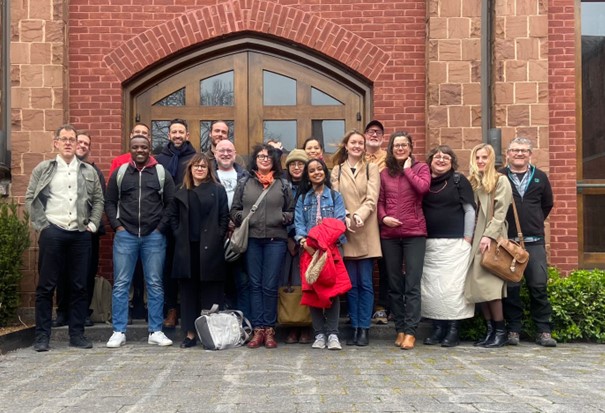
Global infrastructure scholars go local in Toronto
In April 2024, students in the Manchester-Toronto International Doctoral Cluster visited Canada to take part in the Manchester-Melbourne-Toronto Enrichment Academy. Thomas Van Laake (University of Manchester) and Élyse Comeau (University of Toronto) discuss the many...
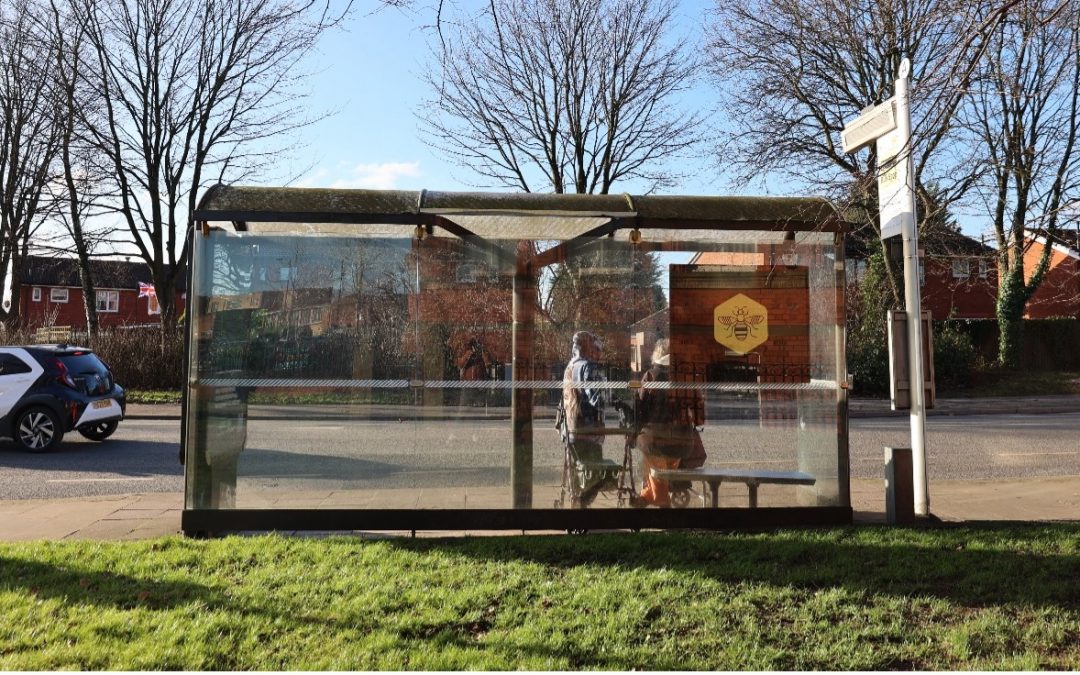
Tackling poverty in times of increased austerity
Economic austerity has deepened and widened across the UK due largely to the ever-rising cost of living and the wider effects of Brexit, the pandemic recovery, political instability and the pressure of overseas conflicts. Many more individuals and households have been...
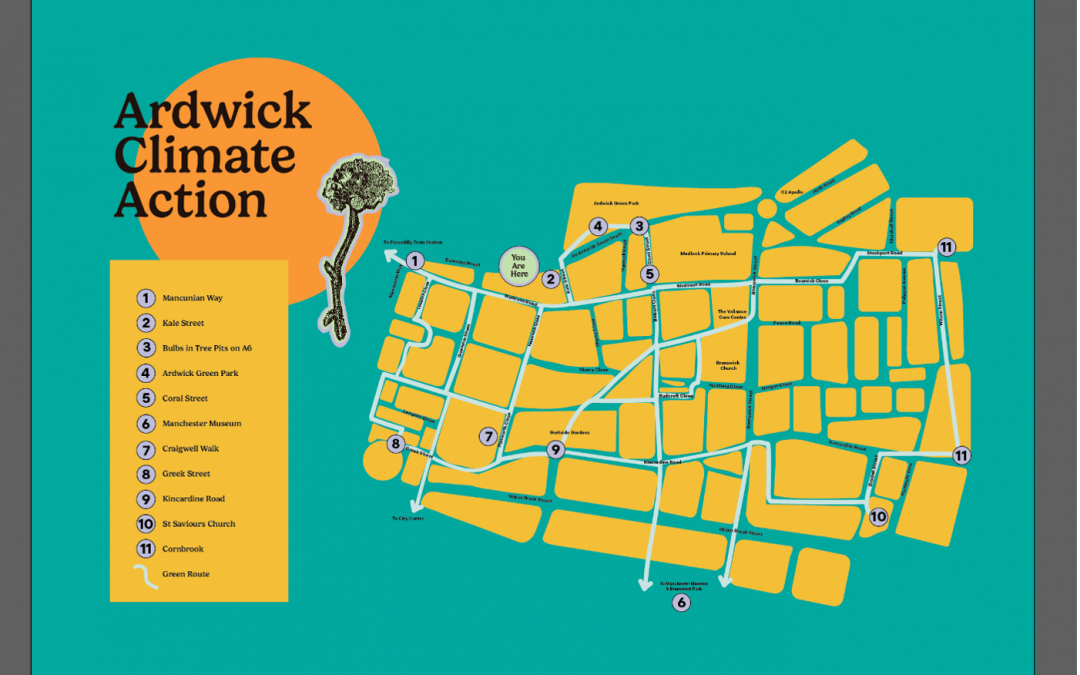
Participatory mapping for local green routes
Encouraging active travel and supporting community health and wellbeing through the co-production of local green routes with local community partners | Joanna Barrow, Manchester Urban InstituteThe previous blog in this series outlined good practice for community...
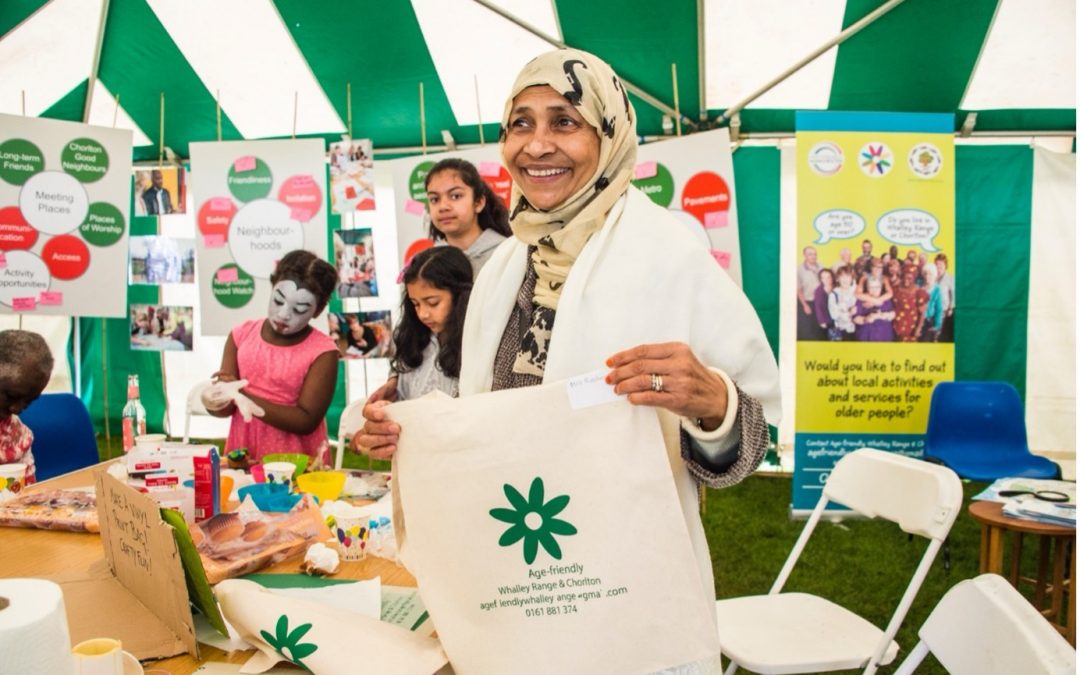
Co-producing research: 6 key considerations
This blog presents MUI recommendations for best practice in the co-production of research. What is co-production? Co-production of research in the urban context is broadly understood to be a collaborative venture, bringing together all stakeholders around a key issue...
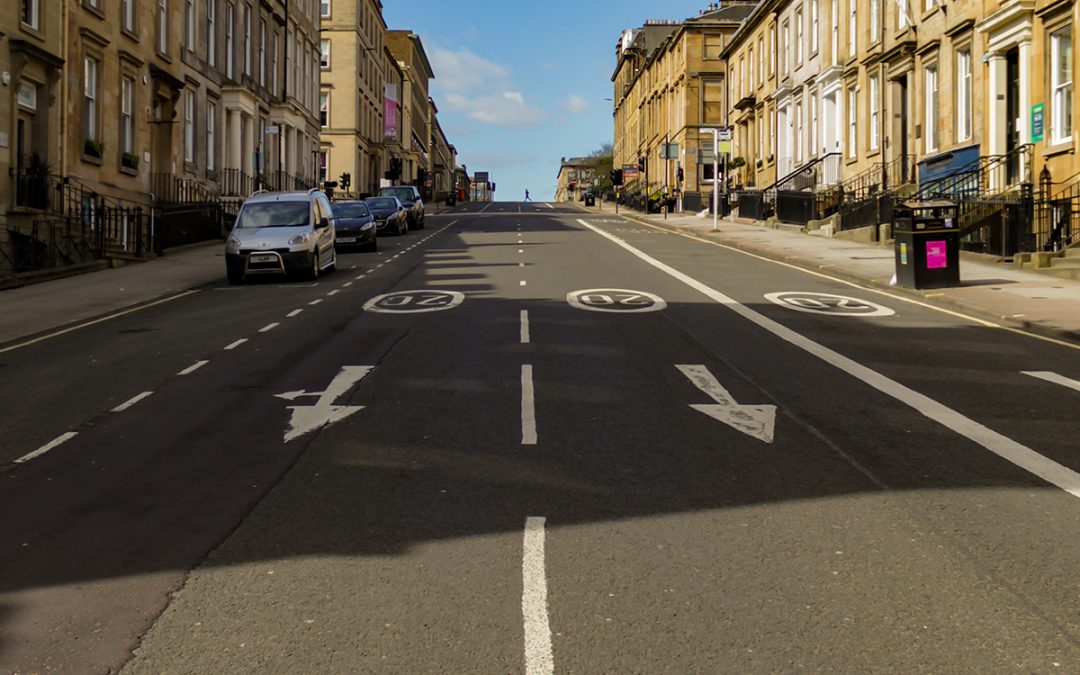
COVID-19 and the challenge of crisis urbanism | James Evans, Karen Lucas, Jim Walker and Bronwen Thornton
We are living through a period during which cities are changing much faster than usual. Lengthy and conservative cycles of planning, consultation, policy development, budgeting and implementation are being bypassed by accelerated delivery frameworks and temporary...
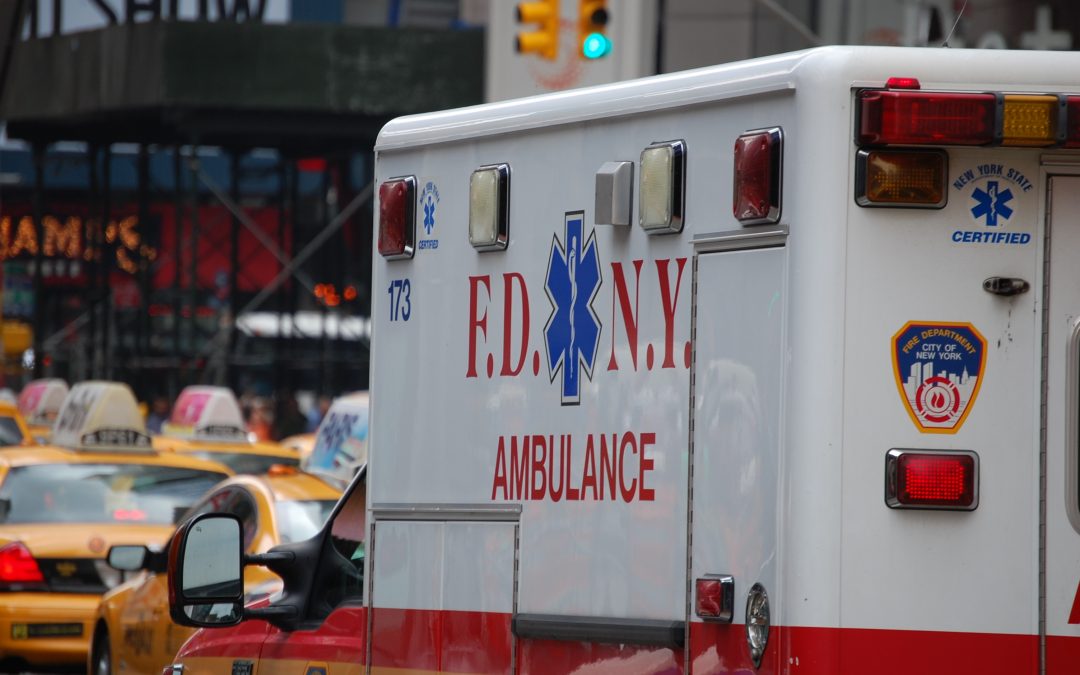
Not enough beds, not enough care: putting New York City’s COVID-19 crisis in context | Caitlin Henry
Socio-economic inequality in cities has exacerbated the uneven impacts of the COVID-19 pandemic, with people in poverty and people of colour more likely to be exposed to and more likely to die from the virus. Accounting currently for nearly ten percent of the...
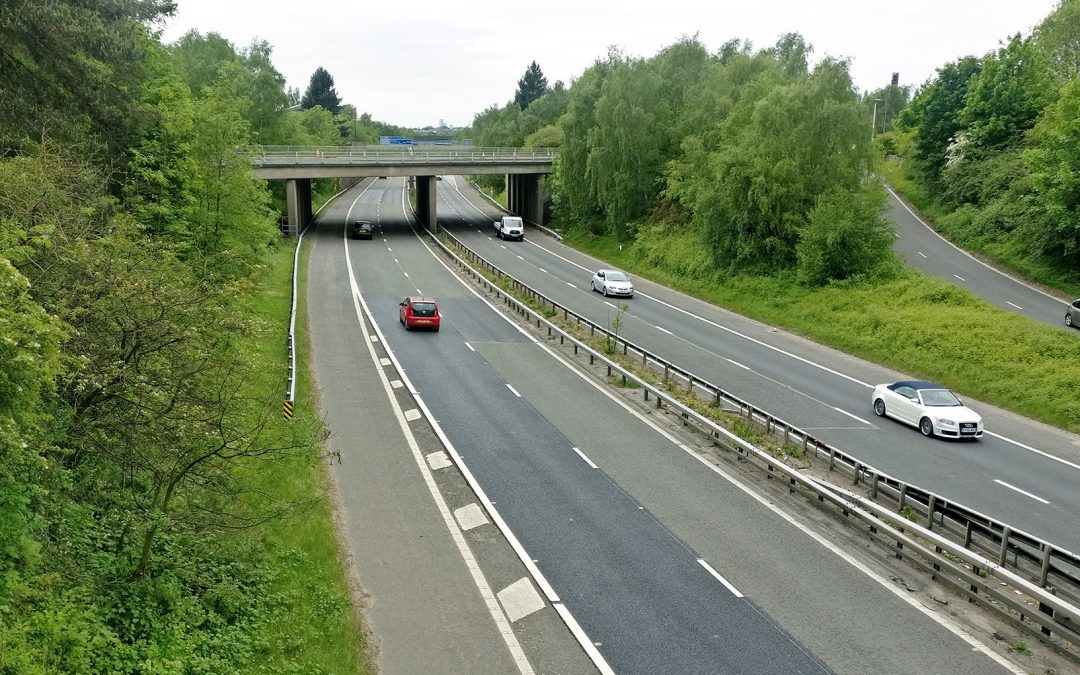
The COVID-19 lockdown has forced us to decentralise work: let’s not go back | Matthew Harrison
One faint silver lining to the very dark cloud of COVID-19 is the positive effect the lockdown has had on the environment. As many employers have been forced to embrace remote working and with the restriction on ‘unnecessary’ travel, the reduction in road use has had...
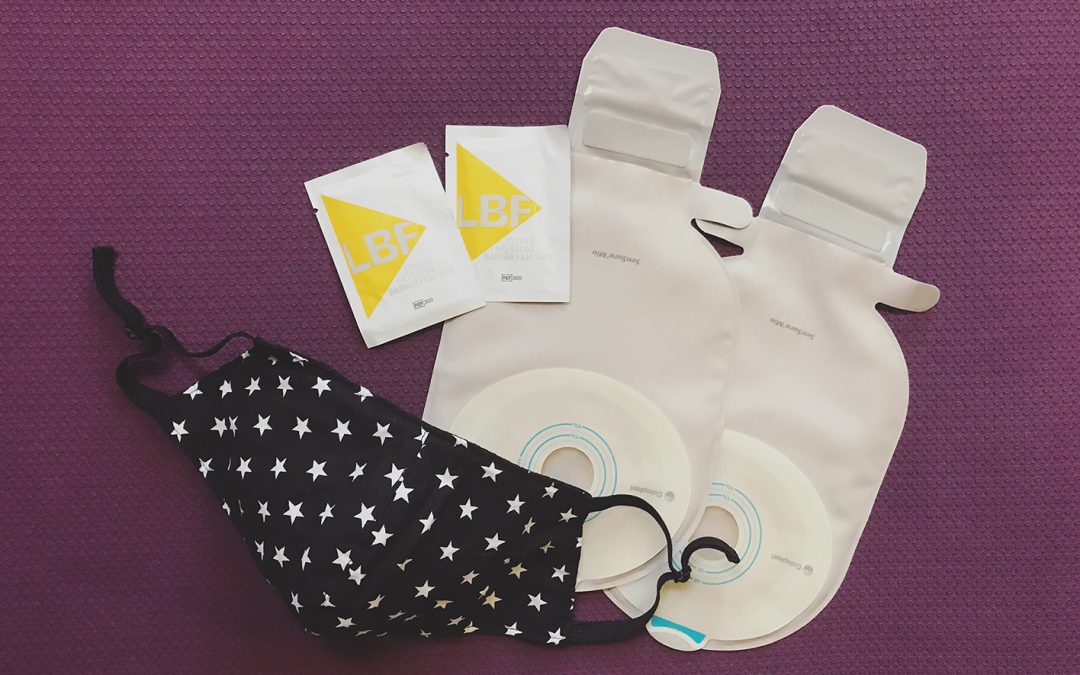
Inflammatory Bowel Disease and COVID-19: experiences of those well versed in social distancing | Poppy Budworth.
The global outbreak of Coronavirus has prompted important questions around the impact of isolation on people’s mental and physical health, interactions with the environment, their relationships, work life and social life. The words ‘social distancing’ have echoed in...
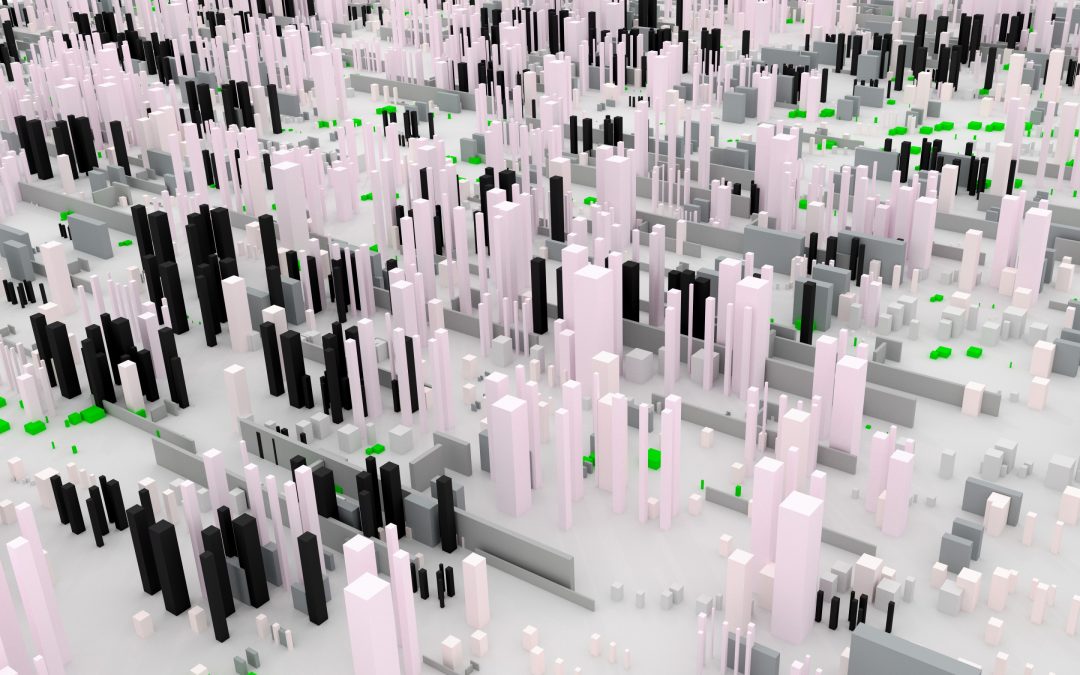
Pandemic-3.0 and the Cities Game – from crisis to transformation | Joe Ravetz
The Covid-19 pandemic has brought a multitude of deaths, the lock-down of huge populations, and the decimation of economies, not least in the UK. But here we take a forward look on cities and settlements of many shapes and sizes – not only as grey areas on the map,...
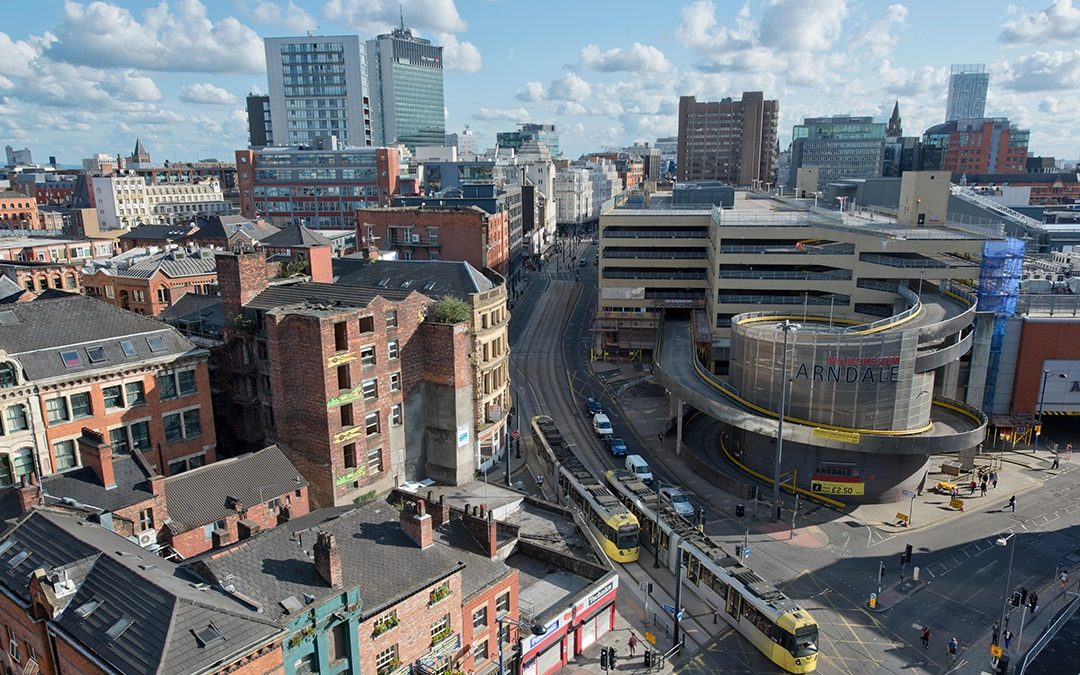
How has coronavirus changed cities? Using urban data to understand lockdown | Manchester Urban Observatory
What would happen if we could remove cars from our cities? Can we improve air quality to reduce vulnerability to Coronavirus? These are big questions with massive ramifications for public health, liveability and climate change. This post uses urban data to examine how...

Recent Comments